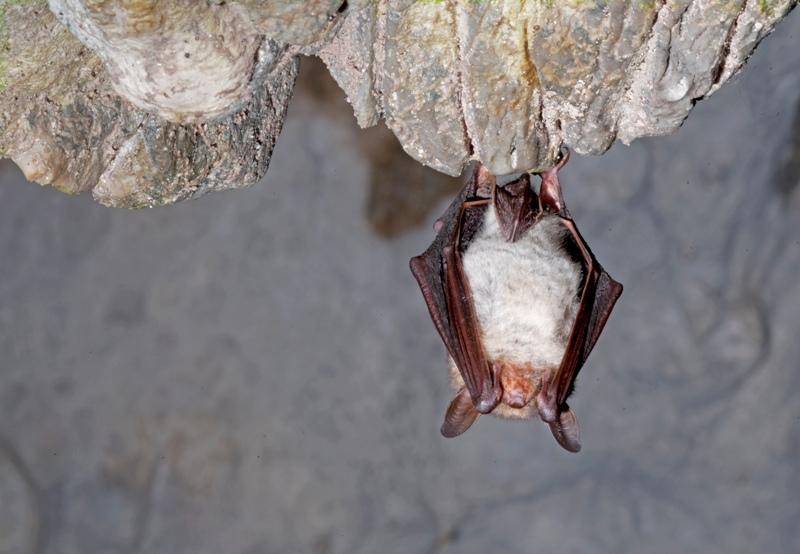Kateřinská (Catherine) Cave - Protection and Research

CONSERVATION, RESEARCH AND USE OF THE CAVE
In 1956 the Moravian Karst was declared a protected landscape area by the decree of the Ministry of Education and Culture ref. No. 18.001/55 from 4 July 1956. The Kateřina´s Cave is a part of the National Nature Reservation Vývěry Punkvy (Seepages of the Punkva River) newly registered by the Decree of the Ministry of the Environment of the Czech Republic No. 105/1997 Coll. All underground and surface karst phenomena, their biotic and abiotic components, are strictly protected here according to Act No. 114/92 Coll., on Nature Conservation and Landscape Protection.
Since 1991 the caves open to the public are in the administration and direct care of the state agency for nature conservation. According to the strict regime limiting both the number and frequency of visitors the cave is now used for public and field trips. Hlavní dóm - Main Dome is occasionally available for vocal and chamber music concerts. The conservation of the cave and its stalactite decoration is also supported by technical equipment, including modern electronics. The Kateřina´s Cave is an important wintering place for 11 species of bats and horseshoe bats. The most numerous species include the Greater Mouse-eared Bat (Myotis myotis) and Lesser Horseshoe Bat (Rhinolophus hipposideros). Other inhabitants of the cave include the Natterer's Bat (Myotis nattereri), Geoffroy's Bat (M. emarginatus), Daubenton's Bat (M. daubentoni), Whiskered Bat (M. mystacinus), Pond Bat (M. dasycneme), Brandt's Bat (M. brandti), Bechstein's Bat (M. bechsteini), Brown Big-eared Bat (Plecotus auritus) and Barbastrelle (Barbastella barbastellus).
The presence of about 180 individuals was proved here by their annual counting performed within the systematic research. To protect their winter hibernation, the cave is totally closed every year from 1 November to 31 January. The speleological research and documentation of the cave continues, as well as microclimate, hydrochemical, geological and other research studies complementing the study of natural processes and the human impact on the karst phenomena. They also enable the improvement of the professional care for and protective and operational regimens of this extraordinary natural monument.